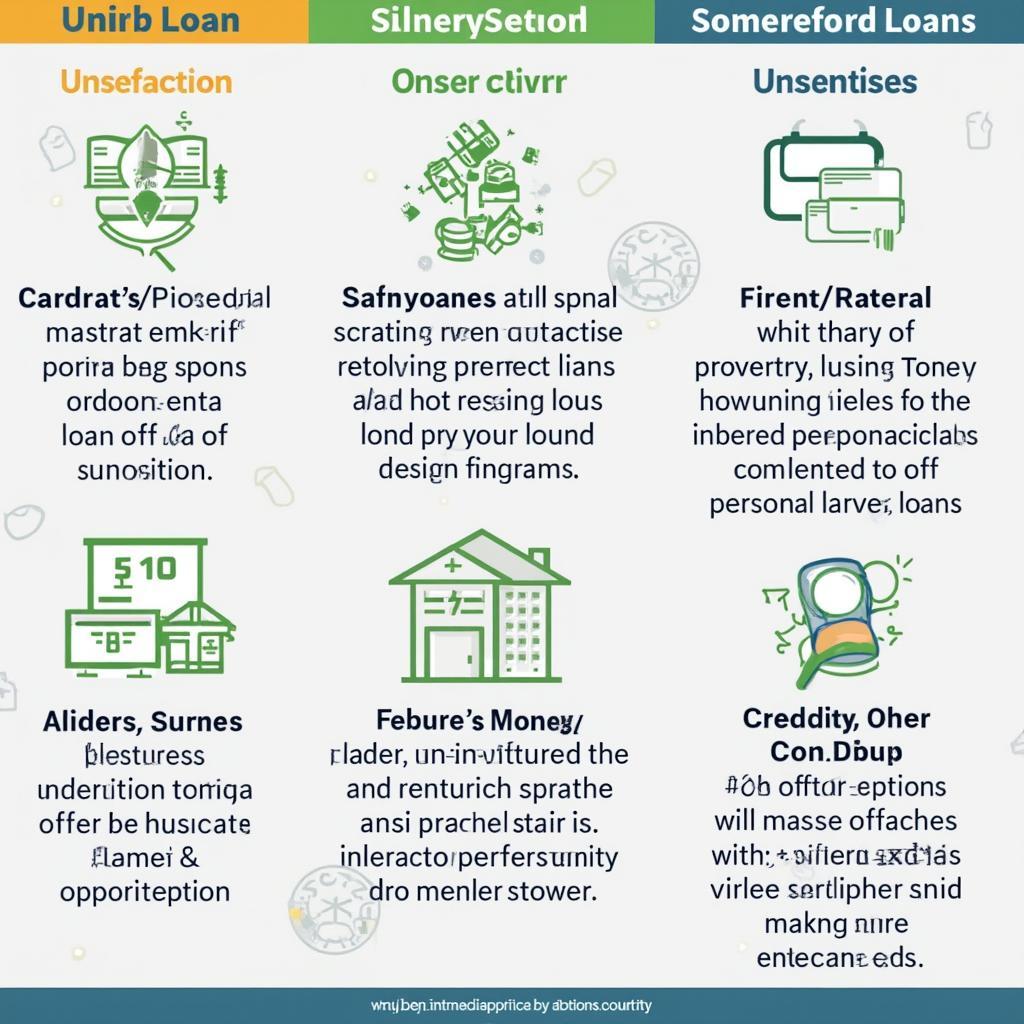
Understanding Subprime Loans: A Comprehensive Guide
Subprime loans are a type of loan offered to borrowers with less-than-perfect credit histories. These loans often come with higher interest rates and fees to compensate lenders for the increased risk. Understanding the intricacies of subprime lending is crucial for making informed financial decisions.
Similar to loans near me bad credit, subprime loans can provide access to credit for individuals who may be turned away by traditional lenders. However, it’s essential to weigh the potential benefits against the risks before taking on such a loan. This guide will delve into the details of subprime loans, exploring their characteristics, eligibility criteria, and potential consequences.
What Exactly are Subprime Loans?
Subprime loans cater to individuals with a history of financial difficulties, including late payments, defaults, bankruptcies, or a low credit score. These borrowers are considered higher risk by lenders, which translates to less favorable loan terms. Think of it as a higher premium for car insurance for drivers with a history of accidents.
Who Qualifies for a Subprime Loan?
Qualifying for a subprime loan often involves meeting specific criteria related to credit history, income, and debt-to-income ratio. Lenders typically look for indicators that suggest a borrower’s ability to repay the loan, even with a blemished credit record.
- Credit Score: Subprime borrowers generally have credit scores below a certain threshold, typically in the lower 600s or below.
- Credit History: Lenders examine the borrower’s history of payments, delinquencies, and bankruptcies.
- Income and Employment: A stable income source is crucial, although the requirements may be more flexible than for prime loans.
- Debt-to-Income Ratio: This ratio compares the borrower’s monthly debt payments to their gross monthly income. A higher ratio may indicate a greater risk of default.
 Subprime Loan Application Process
Subprime Loan Application Process
What are the Risks of Subprime Loans?
Subprime loans come with several risks that borrowers need to consider carefully.
- Higher Interest Rates: Subprime loans typically carry significantly higher interest rates than prime loans. This means borrowers pay more over the life of the loan.
- Increased Fees: Lenders often charge higher fees for subprime loans, including origination fees, prepayment penalties, and late payment fees.
- Risk of Default: The higher interest rates and fees can make it challenging for borrowers to keep up with payments, increasing the risk of default and further damaging their credit.
- Predatory Lending Practices: Some lenders may engage in predatory practices, targeting vulnerable borrowers with loans they cannot afford.
“Subprime loans can be a lifeline for those with credit challenges, but it’s vital to understand the potential pitfalls,” warns Ms. Phuong Nguyen, a Senior Financial Advisor at ABC Finance. “Borrowers should carefully evaluate the terms and conditions and ensure they can comfortably manage the repayments.”
Are There Alternatives to Subprime Loans?
Yes, several alternatives to subprime loans can be explored:
- Secured Loans: These loans require collateral, such as a car or a house, which reduces the lender’s risk and may result in better terms.
- Credit Unions: Credit unions often offer more flexible lending options and lower interest rates than traditional banks.
- Peer-to-Peer Lending: This form of lending connects borrowers directly with individual investors, potentially offering more favorable terms.
- Improving Credit Score: Taking steps to improve your credit score before applying for a loan can significantly increase your chances of qualifying for better terms.
This is similar to bad credit loans jackson ms, where understanding the specific conditions can help make informed choices. Furthermore, it aligns with the principle of can i get a car loan without a job in emphasizing the importance of financial stability when considering a loan.
How to Make Informed Decisions About Subprime Loans
Before accepting a subprime loan, carefully review the terms and conditions, compare offers from multiple lenders, and seek professional financial advice. It’s crucial to understand the long-term implications and ensure you can manage the repayments without undue hardship.
“Transparency is key when it comes to subprime lending,” advises Mr. Tuan Tran, a certified financial planner at XYZ Financial Solutions. “Borrowers should ask questions, clarify any doubts, and fully understand the loan agreement before signing on the dotted line.”
Subprime lending can provide a necessary financial bridge, however, borrowers should proceed with caution. For those considering borrowing options in Canada, resources like car loans canada bad credit offer valuable insights.
Conclusion
Subprime loans can provide access to credit for individuals with less-than-perfect credit. However, the higher interest rates and fees associated with these loans require careful consideration. By understanding the intricacies of subprime lending, borrowers can make informed decisions and navigate the borrowing process effectively.




